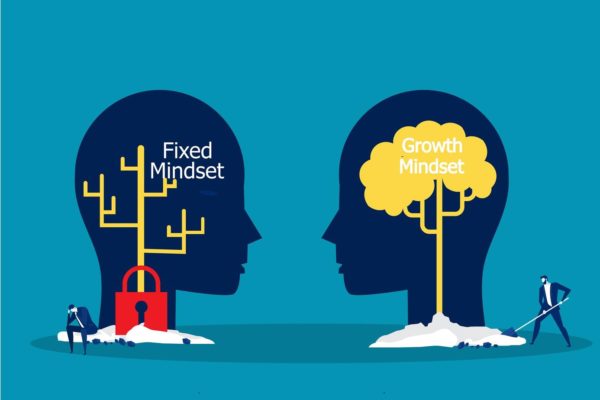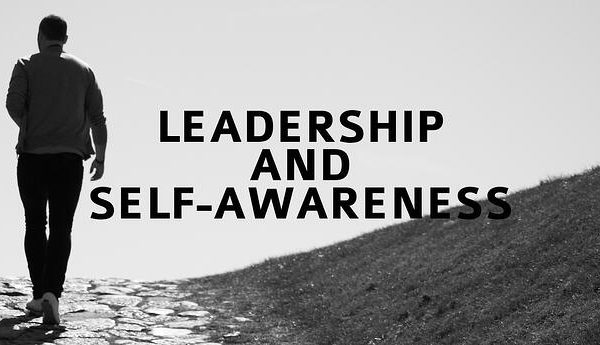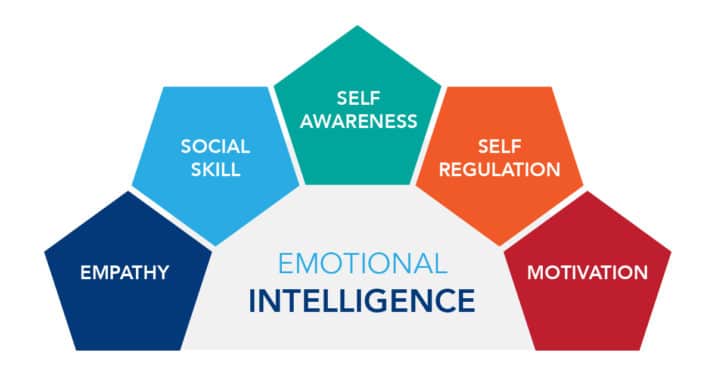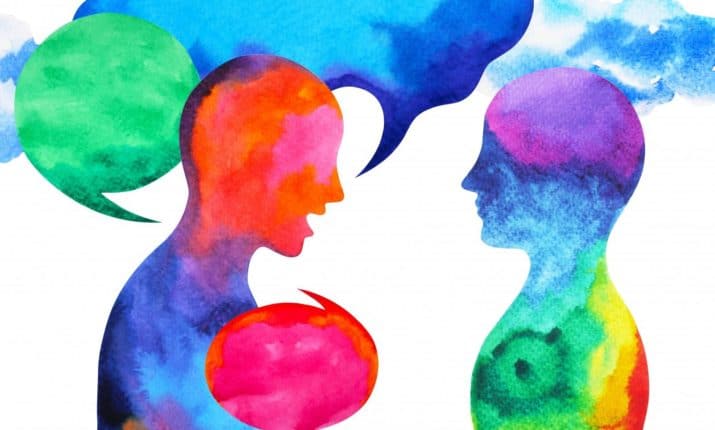Business cultures within Western societies typically view emotions as irrational events that negatively effect decision-making. The truth is, emotions act as our internal feedback mechanisms which send us powerful messages.
Unfortunately, we rarely take the time to acknowledge, much less actively listen, for their messages. As we learn to listen and respond accordingly, we can become more effective in work and life.
This article will guide you in decoding the messages your emotions are sending you and how you can effectively respond. Once we start seeing emotions as our guides rather than inconveniences, we can use the data they provide to our advantage.
What are Emotions?
Emotions are feedback mechanisms, and the messages they send depend on what type of emotion we are having at the time. Fredrickson’s Broaden and Build Theory of positive emotions suggests that positive emotions broaden our awareness. Over time, we build psychological skills and resources by exploring new ideas.


Emotions Powerful Messages: Negative Emotions
Negative emotions play a significant role in our survival. Emotions like fear, anger, and sadness narrow our attention to a perceived threat. We can choose to face the danger, run away, or do nothing.
If people are more likely to feel negative emotions, they may turn to these emotions again in the future. Once people stay stuck in negative emotions, this leads to downward spirals of narrowed self-focus.
When people stay stuck in negative emotions, this leads to spirals of narrowed self-focus that get worse.
Emotions Powerful Messages: Positive Emotions
Positive emotions signal optimal functioning. Joy, pride, and gratitude are emotions that contribute to our overall well-being.
Also, positive emotions can help people break out of the narrow self-focus that comes with the downward spiral. Positive emotions help people see the silver lining in bad situations and can help alleviate stress associated with negative emotions.
Thus, negative and positive emotions have two different roles. Negative emotions narrow our attention to threats, so we can either attack or run away from them. Positive emotions let us know that we are functioning optimally.
Now that we better understand the roles our emotions play, we can introduce emotional intelligence.
Emotional Intelligence
Emotional intelligence refers to understanding and managing our own and others’ emotions.
Davies, Stankov, and Roberts’ (1998) 4-dimension model of emotional intelligence suggests that emotional intelligence involves:
- Noticing and understanding emotions in self
- Noticing and understanding emotions in others
- Managing your emotions
- Using emotions to increase performance
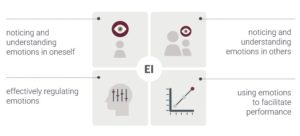

This article will go over each dimension individually and provide helpful advice for development.
For a refresher on emotionally intelligent organizations, check out my article!
Noticing and Understanding Emotions In Self
Self-awareness is required to notice and understand your own emotions. How can you understand others if you don’t know yourself? We can become more aware of ourselves in four ways:
1. Our thoughts
Our thoughts can trigger our emotions and vice versa. It’s essential that you stay aware of your thoughts.


Your thoughts can influence your emotions and behavior positively or negatively. For example, if you think you need to lose weight, you might be sad, which makes you want to eat less food.
On the other hand, you can listen to a sad song that makes you feel lonely. Because of this, your ex-partner comes to mind. You may reach out to them because of this.
By becoming more aware of our thoughts, we can understand the emotion and act in a way that is best for us.
2. Our bodily sensations
Our body reacts to the emotions we are feeling. Having anxious thoughts can trigger fight or flight, which can make us feel our heart rate rise, palms sweat, and tension in our bodies.
You might see a picture of your ex and their new partner right before you reach out. In that case, your heart rate might increase, your face becomes flushed, and your hands start shaking.
It’s easier to soothe ourselves and keep our thoughts from taking over our bodies when we know what these reactions are.
3. Action tendencies
Our emotions can force us to attack, run away, or do nothing.
Even if your ex is with someone else, you might feel angry and jealous. Leaving these feelings unchecked could cause you to contact them while angry. As we all know, this is something you will regret when the emotions have worn off.
However, if you always wanted the best for them and saw they were happy, you might leave it alone and continue on your day.
The more we pay attention to our emotions and how they influence our behavior, the more insight we can gain about ourselves and our emotions.
4. The intensity of emotion
How strong an emotion is will depend on: how long it lasts, how strong our bodily reactions are, how often we experience the same emotions, how extreme our reactions tend to be, whether we regret how we act or respond in certain situations, and whether its going to change our long-term habits.
Emotions can be identified and labeled when we pay attention to how we think, feel, move and act. When we realize that our emotions mean different things, we learn to tell them apart from each other.
High emotional literacy is needed to be able to tell the difference between emotional experiences. We can develop our emotional vocabulary using the Feeling Wheel.
Developing Emotional Awareness
To become aware of ourselves and our emotions, we must feel the emotions as they happen. Then, we can connect with our body, feel the emotion, and figure out how our body reacts to that emotion in different ways.
We can also look at our thoughts, action tendencies, and the intensity of our emotions without trying to change them. As we do this, we can look for patterns and triggering events.


Noticing and Understanding Emotions in Others
Learning how to pay attention to and understand others emotions can help us understand their intentions, which can help us respond appropriately. For instance, if I notice that you’re angry with me, I can try to figure out what I may have done that upset you.
We can read emotions in three different ways:
- The first way we can read emotions in others is through their face. People show universal facial expressions of seven different emotions: anger, contempt, disgust, fear, joy, sadness, and surprise.
- The second way is through their body. Similar to the face, we all show universal bodily expressions.
- Lastly, we can read emotions through speech. This can happen through words like figurative speech. Also, we can notice things like the pitch and rate of speech.
Managing Emotions
Regulating our emotions is an effort to either increase or decrease the positive and negative emotions that occur within us.


We can change how strong our emotions are by cutting down on negative emotions or maintaining positive emotions. For example, if we want to stop a negative thought pattern, we can use breathing techniques to ground ourselves in the present moment.
We can change the way we connect with our emotions, too. In this state, we allow our emotions to be present. In meditation, we learn to pay attention to our emotions as they come and go.
Finally, we can change our mindset. Cognitive-behavioral therapy is a great way to help us re-frame our emotions.
Using Emotions to Increase Performance
We can use our emotions to help manage our relationships. For instance, asking if something is bothering you when you are feeling down can help facilitate bonding and understanding.
We can also use our emotions to help assess our needs and values. I can gather information from feeling a fear of rejection to determine that I truly value connection. Based on that, I can work to get my need fulfilled through connecting with a friend or family member.
Lastly, our emotions can help us become more creative. Earlier we discussed the Broaden and Build theory by Fredrickson, stating that positive emotions broaden peoples outlook and action. This means that people who have positive emotions broaden their awareness and become more creative. Meaning, they are better at coming up with creative ways to reach their goals.
Conclusion
Our emotions are our feedback mechanisms. Negative emotions focus our attention on danger, while positive emotions signal optimal functioning.
To understand our own emotions, we must develop awareness of our thoughts, bodily sensations, action tendencies, and the intensity of emotions.
Once we become aware of the physical sensations, we must sit with the emotions and learn to differentiate them from one another. We can learn to manage emotions by interrupting our thought patterns.
To understand others, cues are provided in their facial/body expression, and through speech.
As we master awareness of self and others, we can use emotions to help manage our relationships, assess our need/values, and to spark our creativity.
Check out my podcasts over emotions and emotional intelligence!
Bianca Cardenas, M.S., Ph.D., is a Fellow in Executive Assessment and Consulting with Leadership Worth Following. Dr. Bianca Cardenas empowers leaders to transcend competition by helping them unlock their people's potential.




